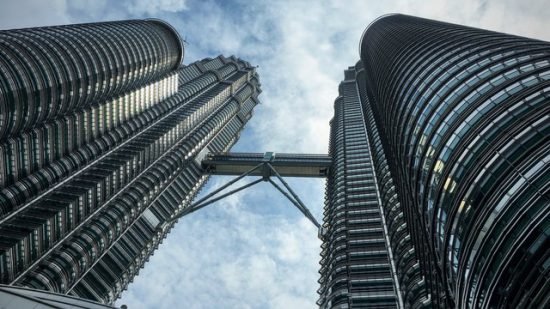(Source: Knight Frank)
Greater Kuala Lumpur (Greater KL), comprising the capital city of Kuala Lumpur and its surrounding metropolitan areas, is the pulse of the country. The sprawling metropolis, encompassing 2,793 sq km, is home to some 7.9 million people and the world’s fifth tallest skyscraper, the Petronas Twin Towers, towering at 451.9 metres.
Strategically located in the heart of ASEAN, Greater KL is well positioned as a regional hub for diverse economic and business activities. Various stakeholders, both in public and private sectors, continue to make strides in attracting global multinational companies (MNCs) to set up their regional hubs in this growing urban conurbation. As of 2015, InvestKL, an agency set up specifically for its purpose in 2011, has attracted 51 MNCs with cumulative approved/committed investments of $1.5 billion and created 7,156 high skilled job opportunities. With another three new MNCs secured in 1H2016, the agency remains on track to meet its target of 100 MNCs by 2020.
Malaysia is the fifth largest recipient of foreign direct investment (FDI) inflows in East and South-East Asia according to the UNCTAD 2015 World Investment Report. In the first quarter of 2016, the country attracted $3.7 billion FDI ($10.6 billion in 2015) while its services driven economy continued to chart commendable growth, expanding 4.2% (5.0% in 2015) despite a protracted period of low crude oil and commodity prices coupled with a weak ringgit.

By 2020, the skyline of Kuala Lumpur is set to change dramatically, with scheduled completions of the iconic 118-storey Merdeka PNB118 tower, standing 630 metres tall, and the 92-storey Signature Tower (by Indonesia’s Mulia Group) in the financial district of Tun Razak Exchange (TRX). The latter, primed as the country’s financial and banking district, will also house the 17-acre TRX Lifestyle Quarter, Lendlease’s largest integrated development in Asia that will feature a luxury hotel, six residential towers and a retail destination connected to the TRX Park and dedicated Mass Rapid Transport (MRT) station.
Other notable projects include the regeneration of the former Pudu jail into the 19.4-acre $2.2 billion Bukit Bintang City Centre (BBCC) mixed use project; the Sungai Besi air base site into the 486-acre Bandar Malaysia, and the rejuvenation of Damansara Town Centre by JV partners, Pavilion Group and Canada Pension Plan Investment Board (CPPIB), into the Pavilion Damansara Heights project.
Global luxury hospitality operators continue to see Malaysia, a melting pot of cultures, as an appealing destination in the region despite recent declines in tourist arrivals. The debut of the famed St Regis brand at KL Sentral (and Langkawi Island) recently will be followed by the entry of Kempinski Hotel Group (8 Conlay project); AccorHotel’s Sofitel and So Sofitel brands (Guocoland’s Damansara City project and Oxley’s Jalan Ampang project); and Fairmont Hotels & Resorts (Lot 185 KLCC project).
Keeping pace with rapid urbanisation, development in transport infrastructure is being stepped up in and around the capital. By 2022, the scheduled completion of some 140km rail link from the on-going Mass Rapid Transit (MRT) and Light Rail Transit (LRT) lines will greatly enhance mobility and connectivity within the region and help transform Greater KL into a sustainable and liveable metropolis. The recent signing of the Memorandum of Understanding (MoU) between the Governments of Malaysia and Singapore on the High-Speed Rail (HSR) linking Kuala Lumpur and Singapore, brings the game-changer project a step closer to reality.






